Ford Fiesta Hatchback review
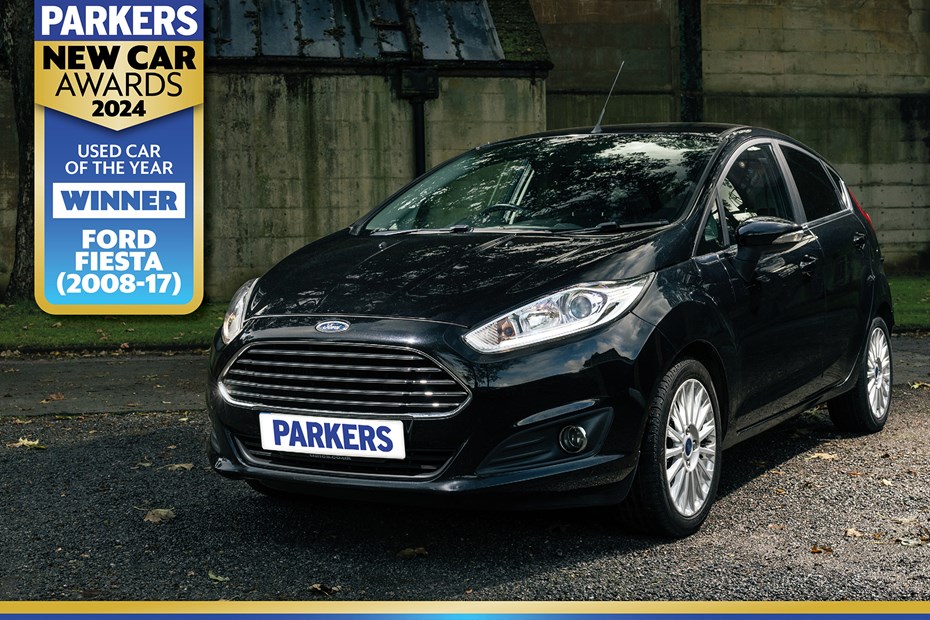
At a glance
| Price new | £9,795 - £23,015 |
|---|---|
| Used prices | £870 - £9,689 |
| Road tax cost | £0 - £255 |
| Insurance group | 3 - 31 |
Get an insurance quote with

|
|
| Fuel economy | Not tested to latest standards |
| Range | 407 - 774 miles |
| View full specs for a specific version | |
Available fuel types
Petrol
Diesel
Pros & cons
- Drives as well as it looks
- Great value
- Economical
- Rear headroom is poor
- Boot could be easier to access
- Cabin is looking dated
Ford Fiesta (08-17) rivals
Overview
The Ford Fiesta is a real favourite of UK car buyers. No version has been more well-received than the 2008 model, which became a best-seller soon after launch and barely relinquished its grip at the top of the sales charts during its near-decade on sale. This means there’s an enormous number of models to choose from on the used car market at any one time.
It sold so well, because it was perfect in so many ways. It looked fantastic – still does to this day, in fact – and the interior was much fresher than its plain predecessor. The Fiesta also drove in a way guaranteed to put a smile on your face: and that’s why it’s our Best Used Car in the Parkers New Car Awards 2024.
Facelifted cars, from 2013, were better still – they have all-new (and brilliant) 1.0-litre Ecoboost turbo engines, improved infotainment functionality and, yes, that ‘Aston Martin’ front grille. Add in the fact almost every garage knows how to look after a Fiesta without breaking the bank, and you’ve a top-notch used car choice that’s hard to go wrong with. Just make sure you check these areas, and you’ll score yourself one of the great used cars of the moment.
Ford Fiesta Mk7 known faults and common problems
1 – Door seals
Door seals giving up the ghost is a surprisingly common issue with Fords of this era. A quick way to check they’re past their best is to feel in the front and rear footwells for signs of dampness – or, if it’s been left untreated, mould. You might even see the black door seals hanging loose from the doors themselves when you open them. Five-door cars have more door seals and more risk of leaks; later post-facelift models should be better here than earlier cars.
2 – Clutch slip
Clutch wear is not unknown in Fiestas. It is a car driven largely in town, and is a favourite for those learning to drive. It’s always worth making the usual checks for clutch wear – a heavy pedal is a no-no, as is one that feels lethargic or gritty in operation. You can also try putting it in second or third gear at low revs and flooring the accelerator pedal – any signs of clutch wear will show up in revs that rise out of sync with the acceleration of the car.
3 – Ecoboost engines
The tiny turbocharged 1.0-litre Ecoboost is fantastic, but not immune from problems. A notable issue was the risk of earlier models suffering from overheating due to the failure of a nylon coolant pipe between the engine and coolant tank, which can lead to engine failure: Ford even issued a technical bulletin to look into the issue. Misfiring at idle and a reluctance to start can point to carbon build-up inside the engine, while a feeling the performance is restricted points to a worn fuel pump. The little Ecoboost engine relies on regular servicing to stay in tip-top condition, too.
4 – Diesel injectors
Fiesta TDCi diesels can suffer from problematic diesel fuel injectors. If they are on their way out, the car will feel jerky, as if it’s been filled with poor quality fuel. The hesitation may be slight, but it’s still worth trying to pick up on, as it suggests the car will need new injectors at some point. They’re not overly expensive to buy, but labour charges will add to the cost.
5 – Graunchy gearboxes
As with clutches, a Fiesta that’s been used a lot in the city may show signs of gearbox wear, particularly in the lower gears. It’s worth listening out during a test drive for any graunches or crunches as you engage first or reverse. Certainly a regular crunch into first gear isn’t normal and signifies potentially expensive problems ahead.
6 – Worn steering rack
It has been known for Ford Fiesta steering racks to wear prematurely. This normally isn’t an issue on most cars, so it can be a surprising issue to suffer – particularly as fixing it could cost upwards of £500. On a test drive, check the steering works smoothly, quietly and responsively: sharp steering is a Fiesta strong point, so you should quickly be able to pick up on any anomalies.
7 – Watch basic models
When searching the classifieds, you might notice that Studio and Style models are a little cheaper than other versions such as Zetec and Titanium. That’s because these models are very basic in their equipment – they often don’t even have air con or alloy wheels. They’re not the best way to enjoy the delights offered by the Fiesta, so unless they’ve very cheap, try for at least a Zetec instead.
8 – Worn ST models
The high-performance Ford Fiesta ST arrived in 2012. With 180hp from its 1.6-litre turbo engine, it was a joy to drive – and has already found favour with fast Ford fans. This means prices are strong – and care is needed when buying one so that you don’t get a car that’s been thrashed and is worn out. With these cars, a careful eye (and a full service history) is essential.
9 – City centre damage
The Ford Fiesta is a car that will pick up all the usual city centre damage: dinged panels, scratched bumpers, kerbed alloy wheels. It’s a good idea to go round a potential purchase with a careful eye, to make sure such damage hasn’t been poorly patched up. Look at the condition of the tyres too, checking there aren’t any nasty bulges on the sidewall that indicate it’s been hopped up and down a kerb too often (it will fail an MOT if there are – as it’s dangerous). On a test drive, also check the car doesn’t pull to one side, and the steering wheel shouldn’t vibrate at higher speeds, either.
10 – Weedy engines
A 1.25-litre Fiesta sounds like it may not be a ball of fire, but should be decent enough, right? Well, with a choice of 60hp or 82hp, you may be surprised at how lethargic it feels – this engine needs revving to release its modest power, and that’s not good news for fuel economy. The 1.4-litre is the minimum if you don’t want your Fiesta to feel underpowered. Better still, choose the 1.0-litre Ecoboost that came with facelifted cars: this is turbocharged and feels far more effervescent, yet still with good fuel economy if you take things steady.
Read on to find out more about the Ford Fiesta Mk7, and whether we would recommend one as a good used buy.
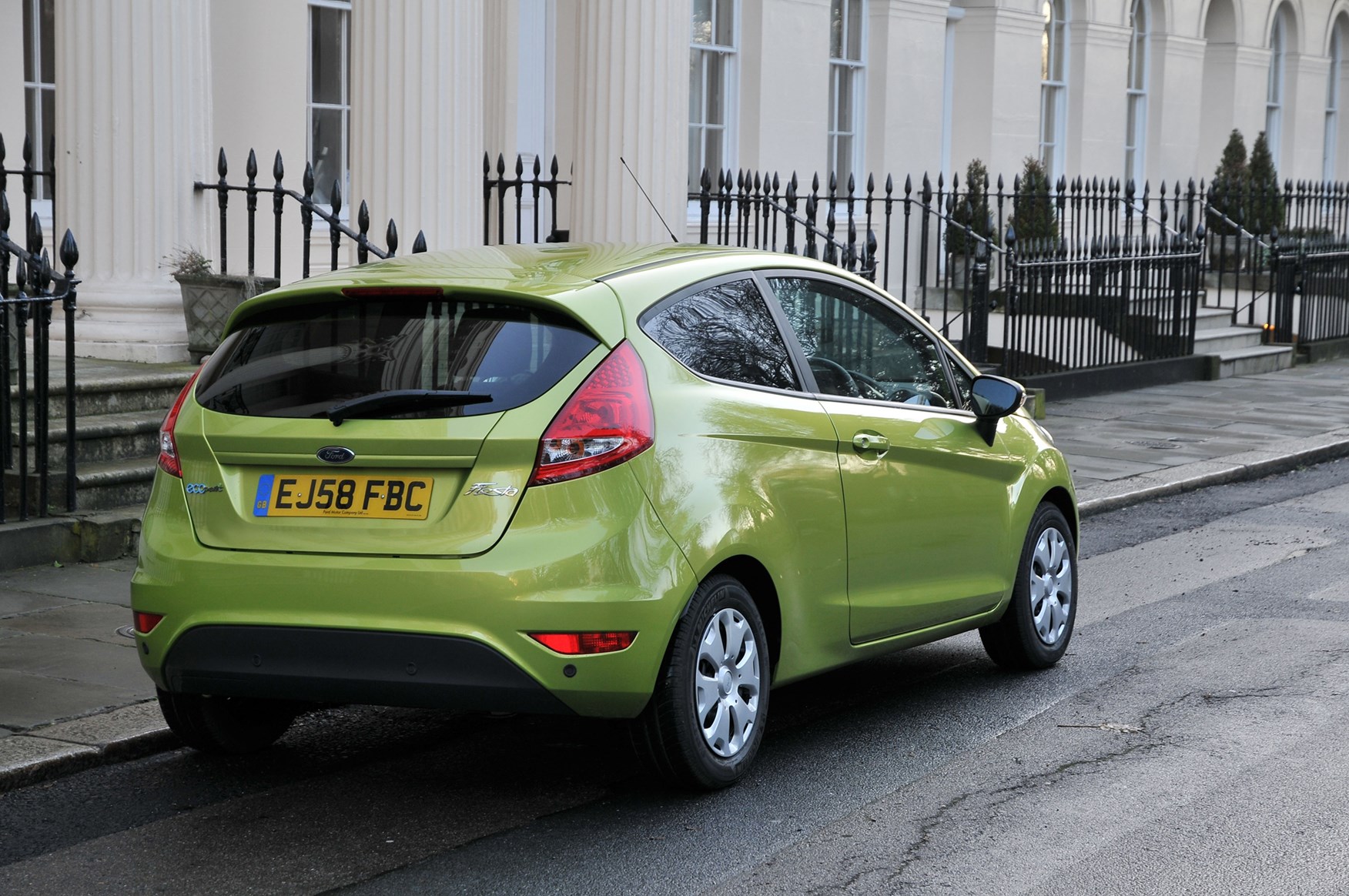



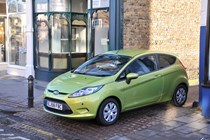
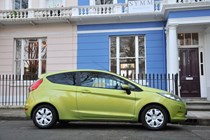
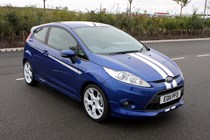
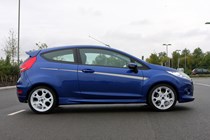
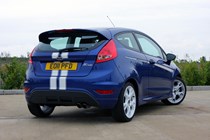
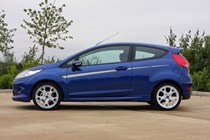
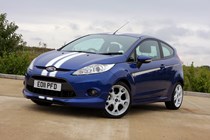
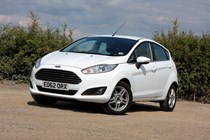
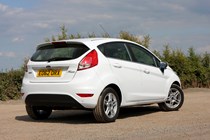
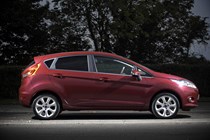

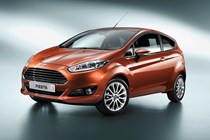
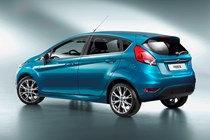


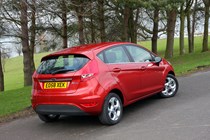
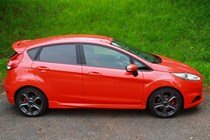
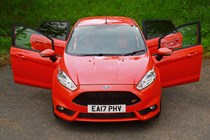
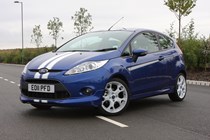
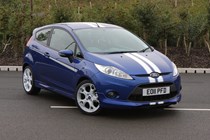
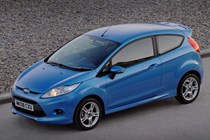
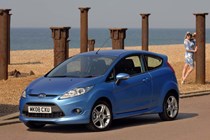
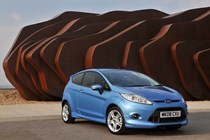
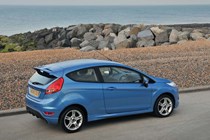
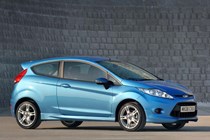
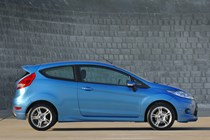
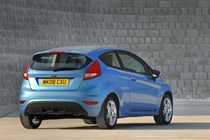
.jpg)
.jpg)
.jpg)
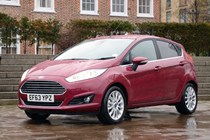
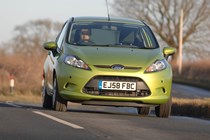
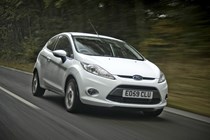
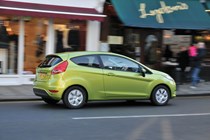
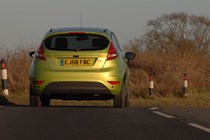
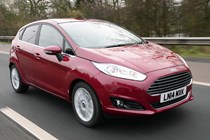
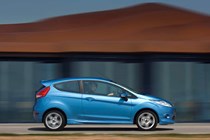

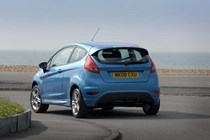
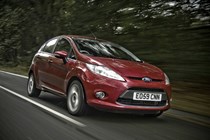
.jpg)
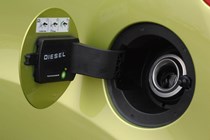
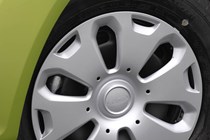
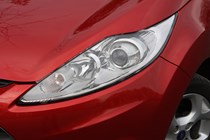
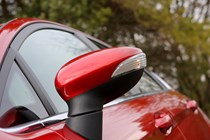
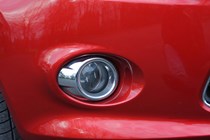
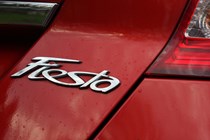
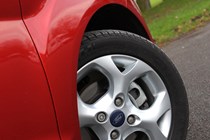
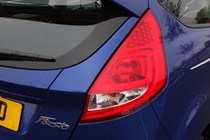
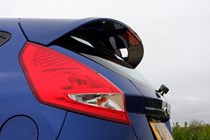
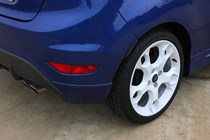
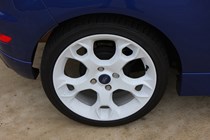
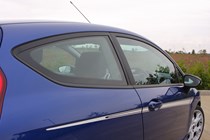
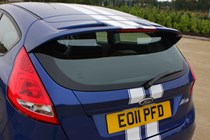
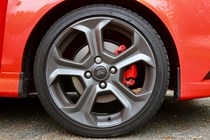
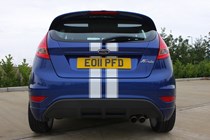
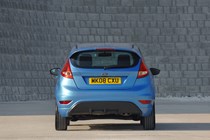
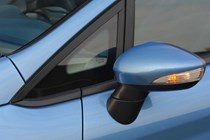
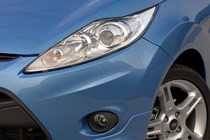
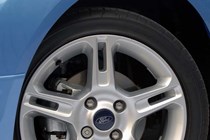
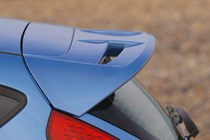
.jpg)
.jpg)
.jpg)
.jpg)
.jpg)
.jpg)
.jpg)
.jpg)
.jpg)
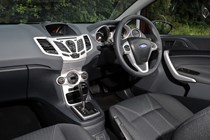
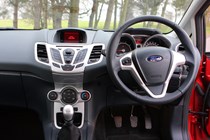
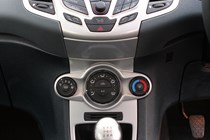
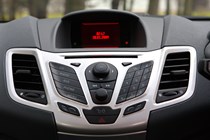
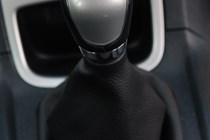
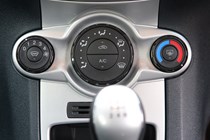
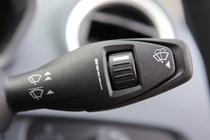
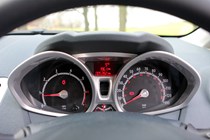
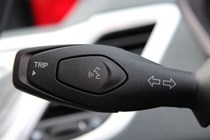
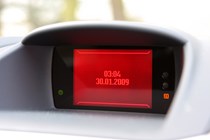
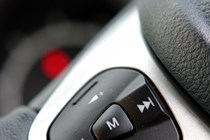
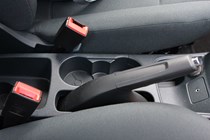

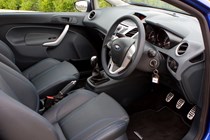
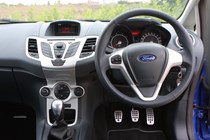
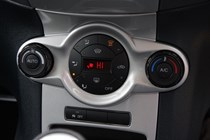
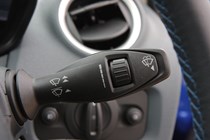
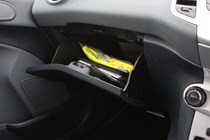
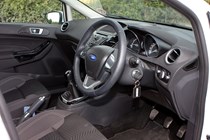
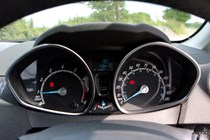
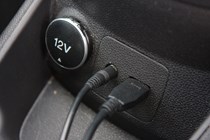
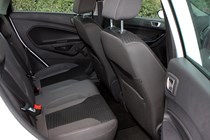
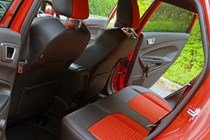
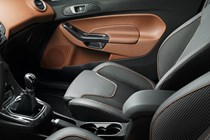
.jpg)
.jpg)
.jpg)
.jpg)
.jpg)
.jpg)
.jpg)
.jpg)
.jpg)
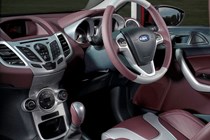
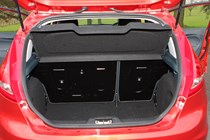
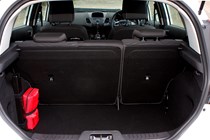
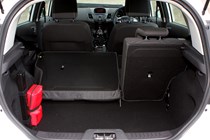
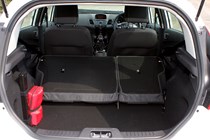
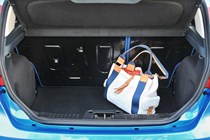
.jpg)
.jpg)
.jpg)
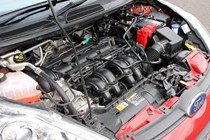
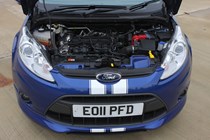
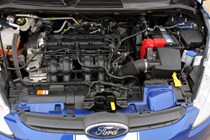
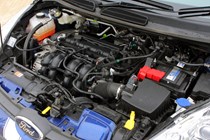
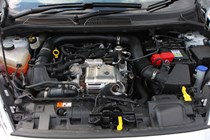
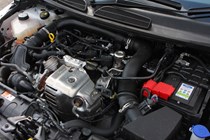
.jpg)
.jpg)
.jpg)
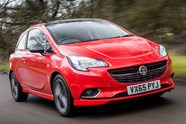
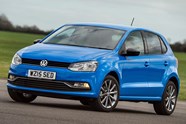
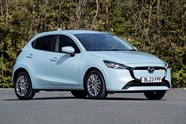




























.jpg?quality=50)
.jpg?quality=50)
.jpg?quality=50)










.jpg?quality=50)




















.jpg?quality=50)
.jpg?quality=50)
.jpg?quality=50)
.jpg?quality=50)
.jpg?quality=50)
.jpg?quality=50)
.jpg?quality=50)
.jpg?quality=50)
.jpg?quality=50)
























.jpg?quality=50)
.jpg?quality=50)
.jpg?quality=50)
.jpg?quality=50)
.jpg?quality=50)
.jpg?quality=50)
.jpg?quality=50)
.jpg?quality=50)
.jpg?quality=50)






.jpg?quality=50)
.jpg?quality=50)
.jpg?quality=50)






.jpg?quality=50)
.jpg?quality=50)
.jpg?quality=50)